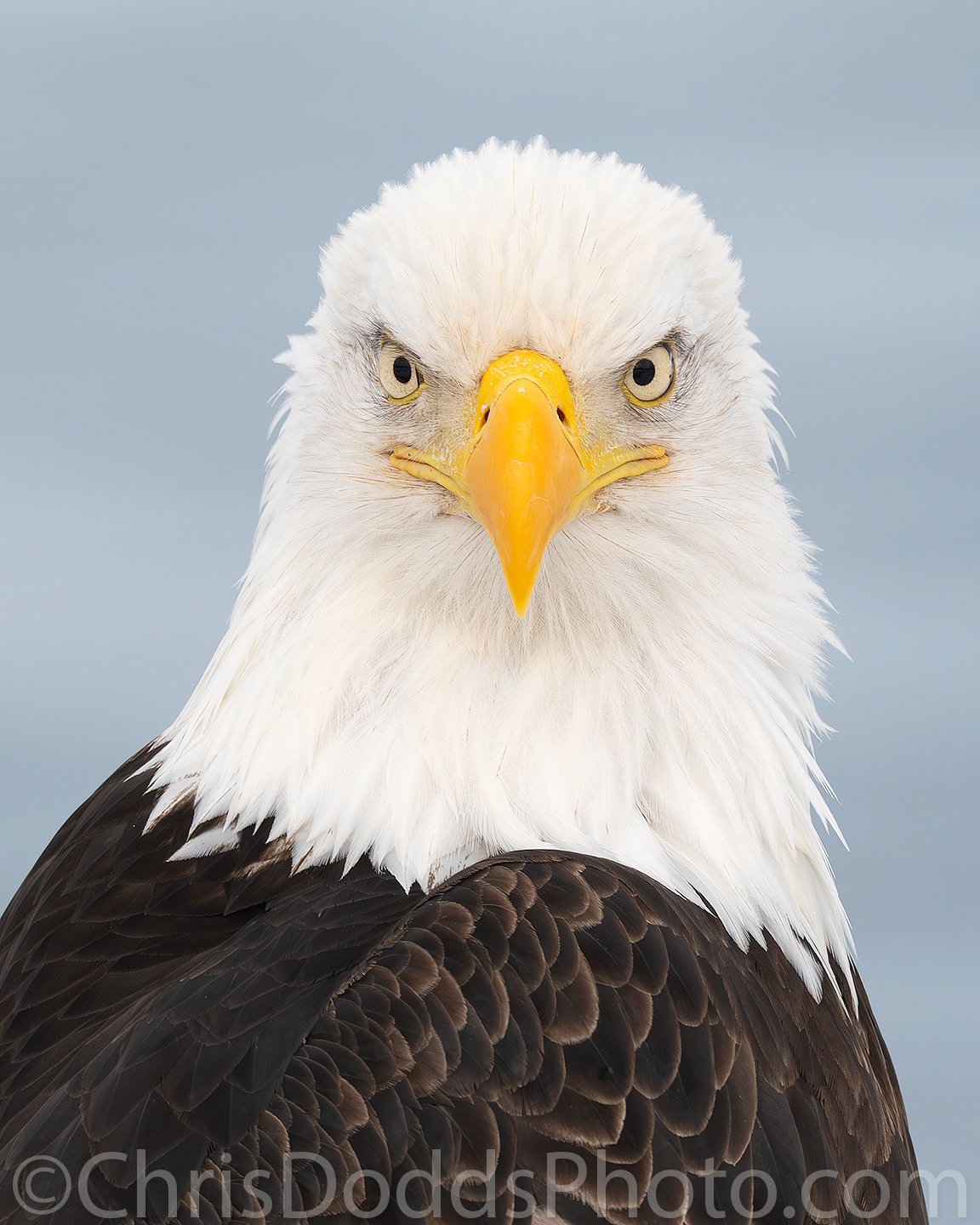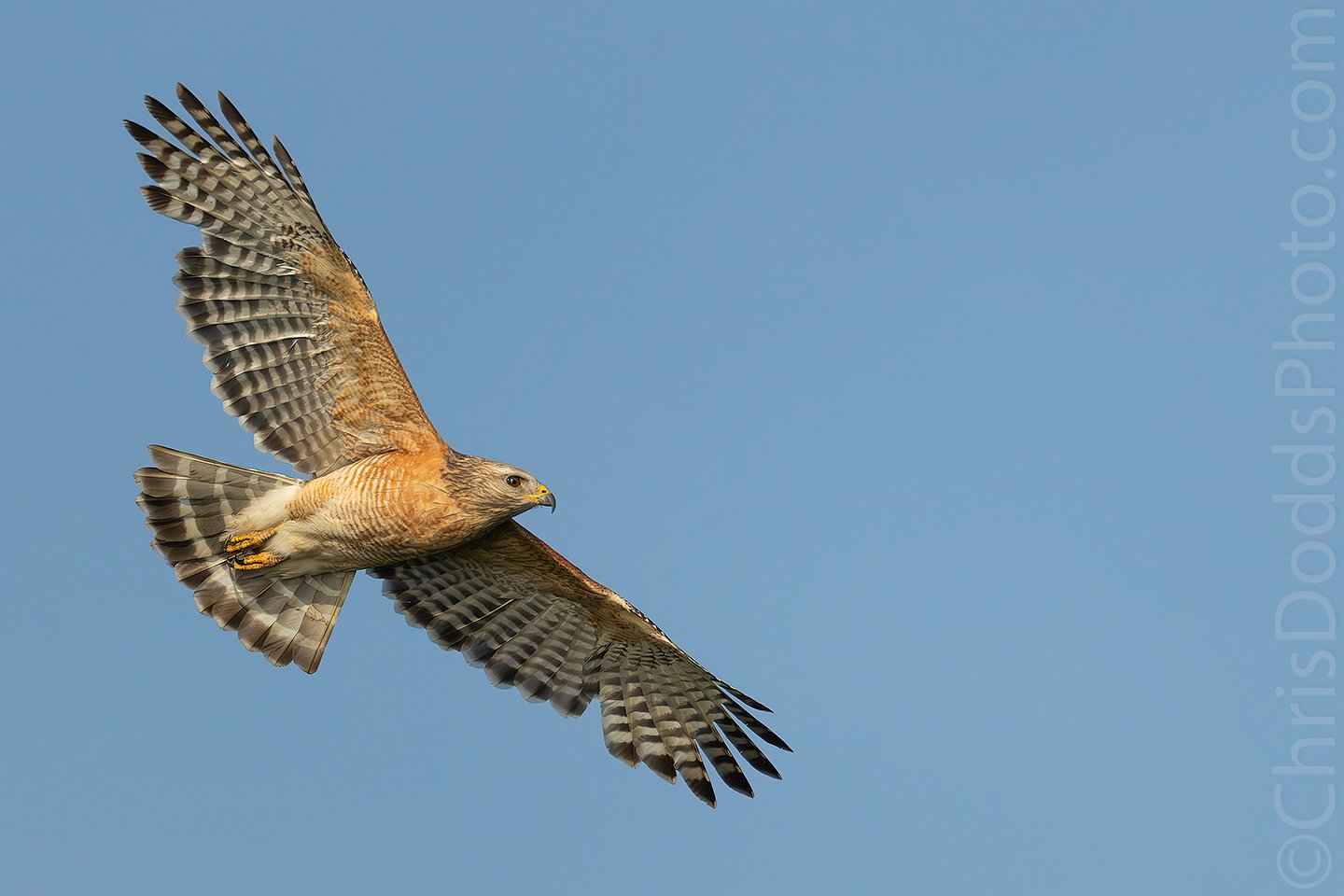I have just added another workshop from August 10-13 due to the overwhelming popularity of my Deluxe Puffins Galore and so much more workshops.
This is a dream deluxe photography tour: Dreamlike accommodations in a newly restored lighthouse just feet away from nesting Atlantic Puffins and Razorbills on a small island in the Gulf of Saint Lawrence, Quebec, Canada, with gourmet food.
It is timed to coincide with the very best time to be at the colony when the Puffins return with fish to feed their young.
The group size is limited to 5-8 photographers (the price is per person in single or double occupancy, as desired, with only six rooms available).
Exclusive use of the lighthouse and accommodations means we will be the island’s only inhabitants.
The small group size means more assistance, one-on-one guidance, and coaching for every participant.
Long lenses are not mandatory for this tour; 200-400mm reach is adequate for an impressive portfolio.
Photographers of all levels are welcome; the tour pace will suit everyone’s needs and skill level. Participants should be able to comfortably walk 200 meters (200 yards) at a slow pace while carrying their equipment.
Owners of all camera brands are welcome. My 40 years of professional photography include the last six years as a Sony ambassador, 16 years using Canon as a Canon Northern Explorer of Light, and 16 years using Nikon before that. I can help anyone with any brand improve their photography.
Christopher Dodds has 40 years of experience with the Puffins in the great Canadian outdoors.
Atlantic Puffin in flight with fish (Fratercula arctica, Macareux moine, ATPU) from my Deluxe Puffins Galore Lighthouse Island Workshop Adventure. Mingan Archipelago National Park Reserve, Quebec, Canada. Image Copyright ©Christopher Dodds. Sony Alpha 1 Mirrorless camera & Sony FE 600mm f/4 G Master OSS Lens with Sony FE 1.4X Teleconverter @840mm. ISO 10,000, f/6.3 @ 1/5,000s Manual exposure. Full frame image.




















